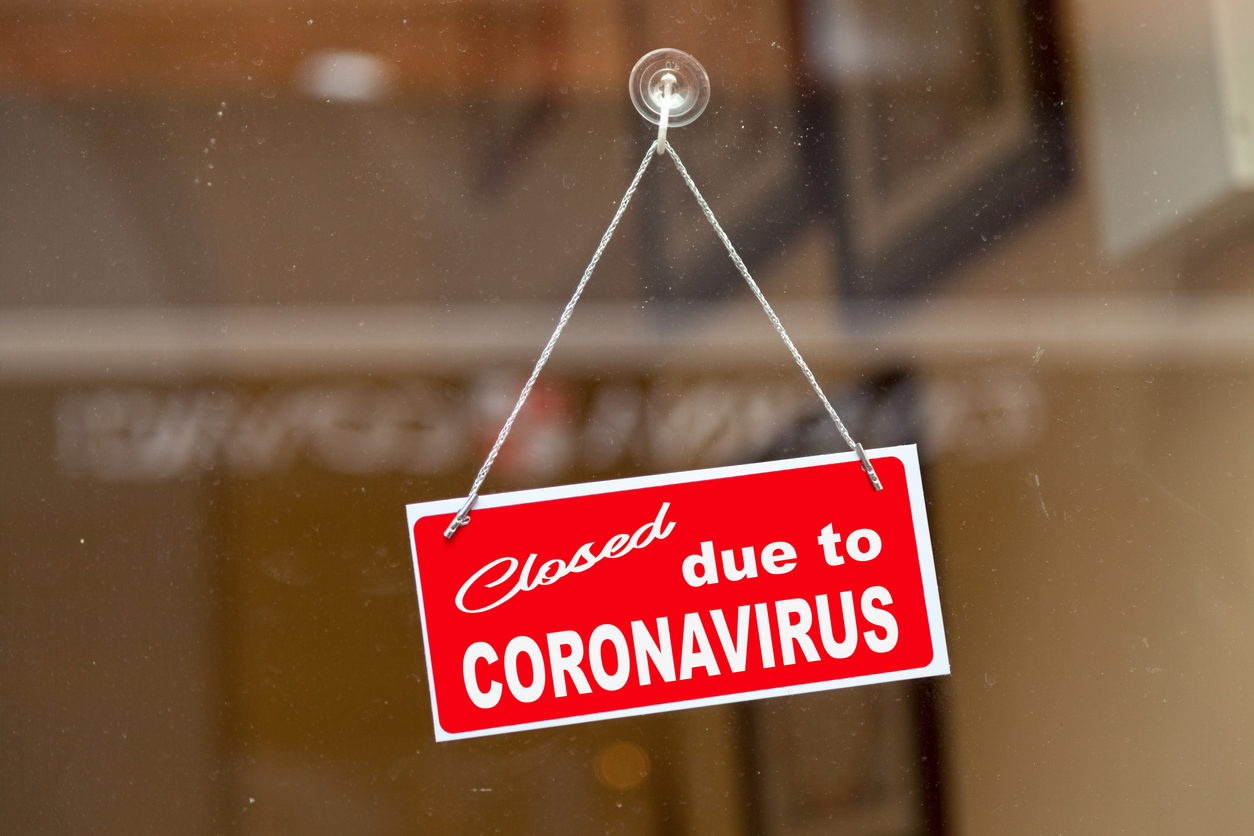Last week, I posted Lloyd’s Market Association Reviews its Contingent Business Income Products and Claim Exposure. This week, A.M. Best Company – one of the world’s oldest and most authoritative insurance rating and information source- released similar content in a white paper titled “Emerging Opportunities in Business Interruption Coverages for Insurance Agents and Brokers.”
White papers are traditionally published to present solutions to arising issues, concerns or problems in a specific sector (i.e., public policy solutions in government). White papers are not open-ended or consultation documents – they identify specific problems and propose solutions that typically favor or benefit the drafter. In this case, the white paper on emerging issues in the business interruption sector was presented and sponsored by Zurich. The interactive white-paper consists of 15 video-clip slides, in which a panel of five industry experts consider and discuss the forefront topics of the niche. The title of the paper is somewhat misleading. I listened to over an hour of video-clips hoping to hear the “opportunities” to be found in business interruption coverage, but after reviewing my notes, I gathered the “take away” message to be “don’t blame the industry if your business interruption claims are not covered.” The paper was sponsored and presented by Zurich, so I expected a measure of industry inclination. But after learning that Lloyd’s is reviewing its contingent business income exposure, it is not hard to read the writing on the wall – these global insurers were not prepared for the 2011 East Asia catastrophes and it is not their fault that claims are not being paid.
In sum, the industry panelists agreed that the “world is getting smaller” and today’s business models are more complex than “your father’s bricks and sticks model.” The panel’s proposed response to this not-so-new thing we call globalization is a rate increase. One panelist even admitted that contingent time element has been “thrown in” to property policies for years without fully understanding the exposures, and now these “large limits” are under pressure in the aftermath of the 2011 East Asia catastrophes (Japan’s tsunami, Thailand’s floods and New Zeland’s earthquake). The solution to this exposure problem – don’t pay the claim and blame global enterprises and their risk managers for not having an adequate business continuity plans beyond relying on the $200 million in contingent business income coverage that they purchased. Shame on them.
An example of this underwriting surprise can be found in the automotive paint industry. Xirallic is a shiny metallic pigment used in car paints. High end vehicles offered many hues of the attractive paint, but in 2011, Ford, Chrysler and Volkswagen were introducing the high end look to their compact production line. The sales projections were significant. The problem: Xirallic’s only manufacturing plant was located in Onamaha, Japan, near the Fukushima nuclear reactor. Tsunami damage and exposure to radiation forced the plant to shut down for two months. The car industry was forced to offer a less shiny 2011 fleet costing car dealerships millions of dollars in mark ups.
Car manufacturers, paint manufacturers, and car dealerships have all presented claims. Although the paint flare claims were not discussed in detail, the panelists suggested the problem with these types of business income claims is the policyholder’s “misconception” that these policies cover a loss in sales rather than a loss of profits. Of course, the policy covers a loss in sales that were projected as a profit had the loss not occurred. This type of myopic view is inconsistent the very nature and purpose of business income coverage. If a covered loss occurs during a business’ expansion plans, the loss in profits should be captured and measured, not off-set by the business’ post loss performance to deny payment.
The panelists also suggested that if property coverage was issued in the US and contingent business income was “thrown in,” the policy will only cover loss or damage in the U.S. and its territories or possessions, even if the CBI lists global dependencies and the BI value and premiums were quantified accordingly. The panel regrets to inform the consumers that they should have purchased a global or international endorsement in these cases even though their policies are completely silent on the issue. Really?
I have always agreed that a business – no matter the size- should take proactive measures in establishing and updating a business continuity plan in the event of a loss or catastrophe. The plan should ensure that the business survives without heavily relying on the outcome of an insurance claim. However, shifting the blame to policyholders, risk managers, and brokers for purchasing a product that the insurers argue – post loss – is barren and illusory is far from proposing a solution.



